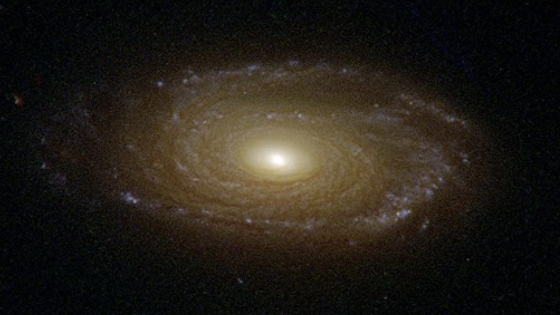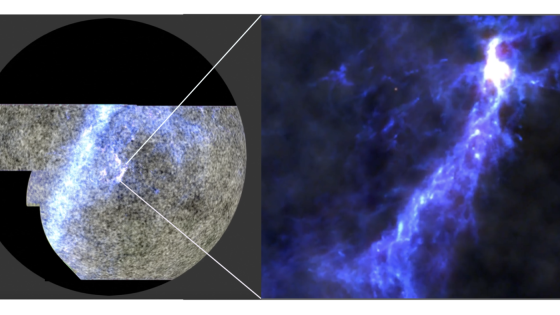Scientists have discovered a galaxy that defies conventional wisdom. Located nearly 1 billion light-years from Earth, the spiral galaxy 2MASX J23453268−0449256 challenges what we know about galaxy formation and supermassive black holes. How can a spiral galaxy host such powerful jets of energy typically found in larger elliptical galaxies?
- Discovery of a spiral galaxy with powerful jets
- 2MASX J23453268−0449256 challenges existing galactic theories
- Supermassive black hole emits radiation and jets
- Research suggests implications for Milky Way's black hole
- Potential risks from jets to planetary atmospheres
- Study enhances understanding of galaxy evolution
Galaxy 2MASX J23453268−0449256 Challenges Our Understanding of the Universe
What if our understanding of galaxies is fundamentally flawed? The discovery of 2MASX J23453268−0449256 suggests that spiral galaxies can sustain extreme black hole activity, which was previously thought impossible. This revelation opens up new avenues for research into how galaxies evolve and interact with their central black holes.
Implications of Powerful Black Holes in Spiral Galaxies
The presence of a supermassive black hole in a spiral galaxy raises critical questions about galaxy dynamics. Unlike elliptical galaxies, which can merge and grow larger, spiral galaxies like our Milky Way are thought to be more stable. Yet, 2MASX J23453268−0449256 maintains its spiral structure despite the chaotic energy from its black hole.
- Spiral galaxies are typically too delicate for extreme black hole activity.
- This galaxy has a bright core and an undisturbed outer ring.
- Powerful jets from black holes could pose risks to nearby planets.
- Understanding these dynamics could help predict the fate of our galaxy.
What Makes 2MASX J23453268−0449256 Unique?
This galaxy is unique because it combines features of both spiral and elliptical galaxies. The supermassive black hole at its center emits jets of energy, which are usually associated with larger galaxies formed through mergers. The stability of 2MASX J23453268−0449256 challenges scientists to rethink how galaxies evolve.
The Potential Threat to Our Milky Way
While the Milky Way’s black hole, Sagittarius A*, is currently dormant, it could awaken if it accumulates enough material. If this happens, powerful jets could form, potentially stripping away planetary atmospheres and increasing radiation exposure on Earth. Such events could trigger catastrophic consequences for life.
In conclusion, the discovery of galaxy 2MASX J23453268−0449256 not only reshapes our understanding of galaxy evolution but also serves as a reminder of the unpredictable nature of the universe. As we continue to explore these cosmic phenomena, we may uncover more surprises that challenge our existing knowledge.

































